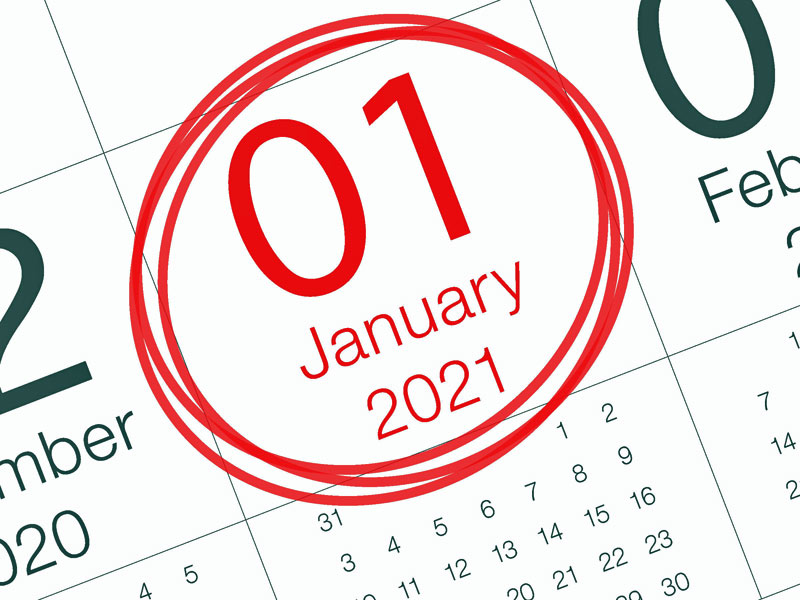Ready to Hit the Ground Running?
New AAFP Resources Walk FPs Through 2021 Coding Changes
(Editor's Note: Legislation that Congress approved on Monday, Dec. 21, delays implementation of the primary care add-on code, G2211, which was scheduled to take effect on Jan. 1. All other anticipated payment, coding and documentation changes for 2021 are expected to go into effect as planned. AAFP staff will be updating resources throughout the Academy website to reflect this change.)
December 2, 2020, 11:15 am News Staff -- Among the many lessons 2020 has taught us, being ready for whatever the future may hold is arguably the most critical.

With that in mind, the Academy continues to develop resources to help physicians prepare for revised office visit evaluation and management coding and documentation guidelines the AMA introduced in 2019 that will take effect Jan. 1.
The 2021 Office Visit E/M Vignettes Module is the most recent addition to the AAFP’s diverse collection of information, resources and tools on E/M coding.
Available exclusively to AAFP members, the new vignettes module walks users through four patient scenarios that illustrate how to apply the new guidelines to select the appropriate level of office visit using medical decision-making. The resource also offers a brief recap of the other option for determining the appropriate level of service: total time spent by the physician or other treating clinician on the date of service.
The module tracks closely with an article in the November/December issue of FPM that offers a detailed breakdown of how the new coding guidance works.
Regarding MDM, the article notes that the decision-making process comprises three components: number and complexity of problems addressed, amount and/or complexity of data to be reviewed and analyzed, and risk of complications and/or morbidity or mortality associated with patient management. To qualify for a particular level of MDM, criteria for two of the three elements must be met or exceeded.
To aid physicians in selecting the appropriate MDM level for reporting an office or outpatient E/M service code from the four possible options ― straightforward, low, moderate and high ― the AMA has devised a table listing the various criteria to choose from organized by corresponding CPT codes.
If, on the other hand, a given patient visit was time-consuming but did not involve significant MDM, the physician may want to code based on total time. In such instances, total time means all face-to-face and nonface-to-face time the physician personally spends on the visit on the date of service. This would include time spent reviewing lab or test results and other reports, obtaining or reviewing the patient’s history, ordering tests and prescribing medications, and documenting clinical information in the EHR.
Don’t forget: The AAFP’s coding and documentation reference cards are useful tools for physicians, family medicine residents, and nonphysician practice team members to track and utilize all of this information. Preorder yours today for shipment next month.
It should be noted that the new guidance is one piece of a larger set of payment policy and rate changes in the 2021 Medicare physician fee schedule. CMS contends that the changes in the final rule, which CMS announced was released Dec. 1 but has not yet been published in the Federal Register, will enable physicians to spend less time documenting and more time caring for patients.
In addition to the ability to choose the E/M visit level based on either MDM alone or total time, other coding changes you’ll likely see next year include
- five levels of office visit E/M services for established patients (CPT codes 99211-99215);
- four levels of office visit E/M services for new patients (CPT codes 99202-99205);
- revised definitions of applicable time and medical decision-making methodology for office visit E/M codes (CPT codes 99202-99205 and 99211-99215), with performance of history and exam required only as medically appropriate; and
- a new primary care add-on code. (See Editor's Note above.)
2021 is just around the corner, so don’t put off preparing yourself and your practice team for the coming coding and documentation changes. Check the AAFP’s E/M Coding webpage often for updated tools and resources to help smooth the transition.